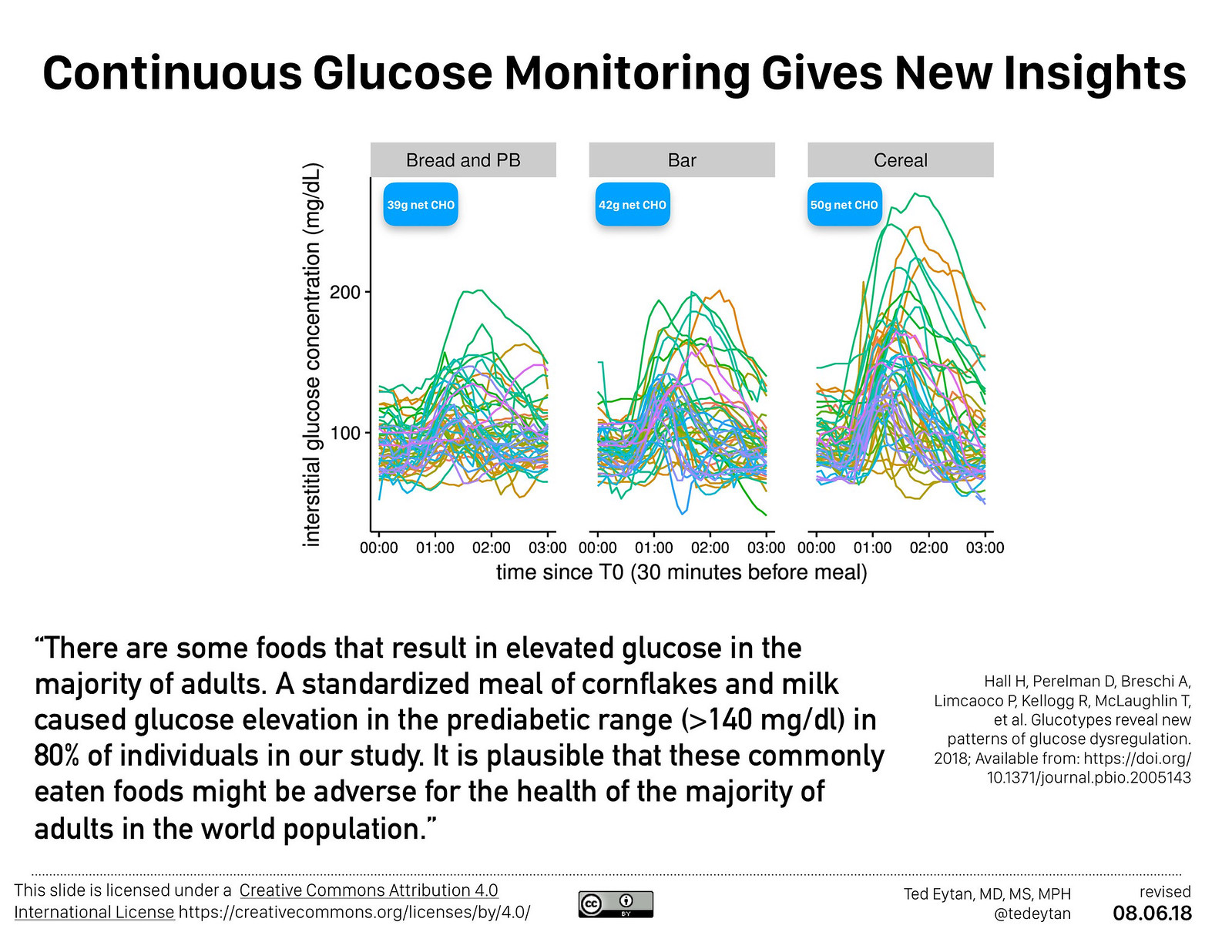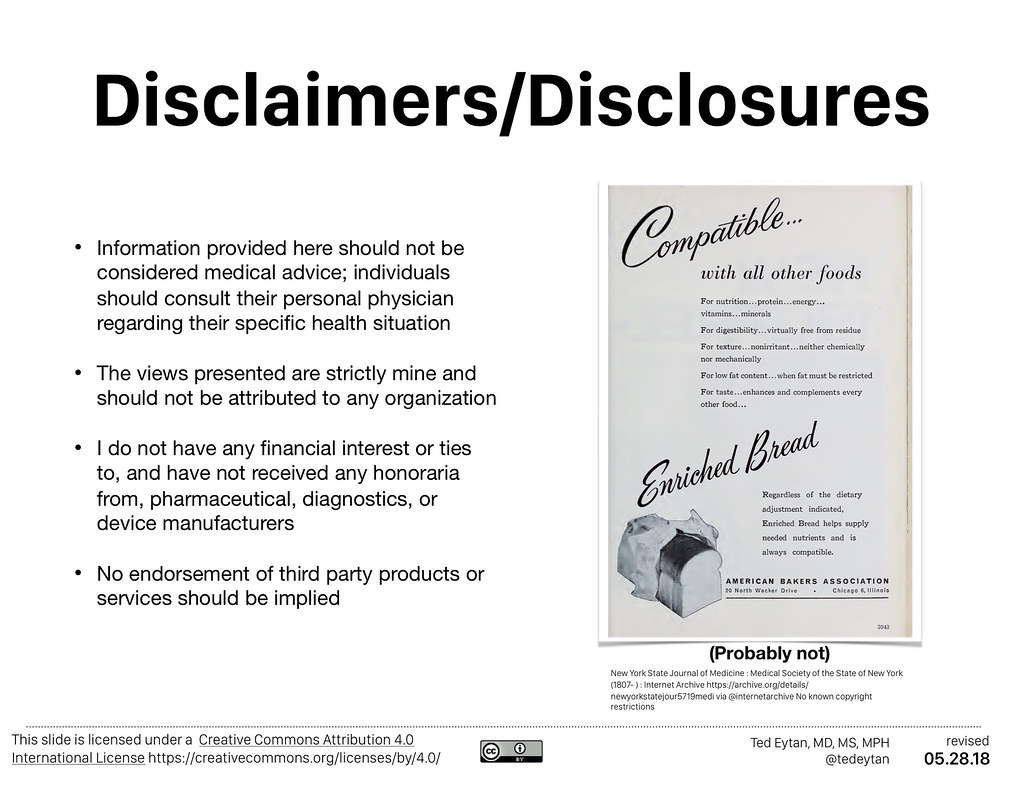
This is a retrospective look back at the health of 27,392 people in Japan to see when the earliest signs of diabetes of pre-diabetes were present among those who became diabetic or pre-diabetic.
And, it turns out the signs were present more than 10 years before they were diagnosed, with a better estimate being 20 years.
Researchers looked at fasting plasma glucose, as well as a more newly-validated index called SPISE, which is a measure of insulin sensitivity easily calculated from standard laboratory measurements (HDL, Triglycerides, and BMI).
Here’s a visual of what they found. The white squares are people who did not progress to pre-diabetes or diabetes, the dark squares are the people who progressed. A higher number is better (more insulin sensitive).

From: Type 2 Diabetes: When Does It Start?
J. Endocr. Soc.. 2018;2(5):476-484. doi:10.1210/js.2018-00071
J. Endocr. Soc. | Copyright © 2018 Endocrine SocietyThis article has been published under the terms of the Creative Commons Attribution Non-Commercial, No-Derivatives License (CC BY-NC-ND; https://creativecommons.org/licenses/by-nc-nd/4.0/).
The researchers give the explanation of a pancreas struggling to keep up and finally failing to meet the demand created by unending glucose exposure:
The most likely interpretation would be as follows. At the initial stage of development ofPDM or diabetes, a minute elevation of PG may occur as a result of modest weight gain with a minimum attenuation of Si. This may cause increased insulin secretion and stabilization of PG at slightly elevated levels. Eventually, as Si attenuates further, b-cells cannot meet the increased demand of insulin secretion, and a relatively sharp rise of PG ensues.Sagesaka H, Sato Y, Someya Y, Tamura Y, Shimodaira M, Miyakoshi T, et al. Type 2 Diabetes: When Does It Start? 2018;
The Ability to Know, via Continuous Glucose Monitoring
The image at the very top of this post is of another study of a group of people with and without insulin resistance wearing a continuous glucose monitor. As it shows, the majority of people (80%) were not able to tolerate a high carbohydrate “low-fat” meal, unbeknownst to them.
Those who ate a lower carbohydrate meal, even one with more calories and more fat, did not have this reaction.
Maybe this is not such a bad idea, then (low-carbohydrate, healthy fat cookies – no added sugar, no vegetable oils, only full fat dairy):

Reference
Disclaimer reminder and this is not a promotion of CGM-for-all
I think I’ll stop repeating this part on every post and instead put this information on its own page. One more time for clarity…
I’ve been asked directly or indirectly recently if I am advocating CGM-for-all. I am not, and definitely not with the current profile of devices available. This could change dramatically if CGM is more universally available (see previous blog posts on this topic).
Reminder of my statement of independence and no conflict-of-interest:
I have no ties to, and have not received honoraria, meals, or any other consideration from the food, pharmaceutical, device, or diagnostics industries. Feel free to look me up in the databases of your choice. Conflict free is the way to be.
